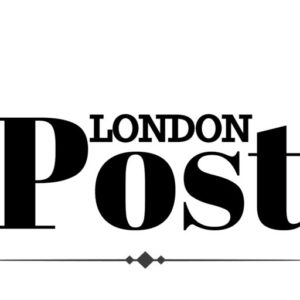After agriculture and construction, the logistics sector consistently ranks as one of the most dangerous fields of work. The impact of this, beyond the main concern of human welfare, is the financial and operational implications from this.
Recent analyses show that the direct and indirect expenses from workplace incidents can cripple operational efficiency. On the whole, prevention strategies are no longer optional but a prerequisite for both stakeholders and regulators.
Key standards and compliance
Health and safety legislation isn’t quite as straightforward as you’d hope, particularly for large logistics firms. Key frameworks include the Health and Safety at Work etc. Act 1974 and the various regulations under this Act, like the Management of Health and Safety at Work Regulations 1999.
For US operations, the Occupational Safety and Health Administration (OSHA) standards are relevant, while relevant European Union directives (e.g., EU-OSHA guidelines) may need to be considered.
Safety managers ought to stay vigilant when it comes to recent updates to these regulations, but details can reliably be found on resources like the HSE website. Warehouse safety best practices align with these standards, and non-compliance carries big penalties (not only financial, but legal liabilities and operational shutdowns). One publicly reported act of noncompliance can be enough to spoil a reputation. While the Pret a Manger allergy death was a customer and not internal, it showed the fragility of a brand’s image.
Risk assessment and intelligent zone mapping
Mastering the risk assessment is very important in curtailing accidents within highly dynamic logistics environments. Thorough industrial signage guidelines and real-time incident monitoring help lay a systematic approach in identifying hazards and implementing those controls. This should be complemented by deploying rigorous health and safety practices across all operational tiers to cultivate a pervasive safety culture.
High-risk areas to assess:
Recommended safety measures:
Create a comprehensive zone map
Use clear colour-coding and standardised icons for:
Benefits:
Signage, equipment protocols and PPE
Environmental controls and personal safeguarding need to be effective, and signage (and how it’s strategically placed) plays the main role in this.
Some unambiguous signage to remain compliant:
Material choice must also be carefully considered, such as photoluminescent for egress paths and reflective for high-traffic areas.
For Material Handling Equipment (MHE), it’s important to create a clearly demarcated exclusion zone, along with pedestrian pathways and physical barriers wherever necessary. Pre-operational checks should be rigorous and adherence to preventative maintenance schedules is a must.
Finally, Personal Protective Equipment (PPE) needs assessments must inform provision, and this includes the likes of:
The equipment itself isn’t enough, though, as training on PPE use and maintenance is also needed.
Future-proofing safety: Technology, real-world impact & continuous improvement
Technology is helping keep us safe in more ways than one. Firstly, wearable sensors for monitoring ergonomic stress and fatigue can really help lessen the risk of musculoskeletal injuries. Proximity detection systems (vehicle-to-pedestrian and vehicle-to-vehicle) can also stop accidents, while Computer Vision AI within real-time video can be used for hazard identification.
Verst Logistics, a leading third-party logistics (3PL) provider, is a useful case study in improving safety and operational efficiency. After careful self-assessment, Verst Logistics began by implementing Voxel’s AI-powered site visibility platform at their Hebron, KY facility. The results were impressive. The system used existing security cameras and AI to help identify and flag any unsafe behaviors or hazardous conditions. This allowed for targeted, video-based coaching for forklift drivers as it focused on high-risk areas and specific unsafe actions. It shows that technology can supplement logistics hazard prevention.
Insights from the platform actually informed changes to workflows to reduce ergonomic strain and it led to environmental modifications like adding more stop signs (again, highlighting the importance of signage) and marking no-pallet zones to keep pedestrian paths clear. In just five months, they reported an 82% reduction in vehicle safety incidents and a 50% reduction in ergonomic incidents at the facility.
Your next steps to a safer logistics zone
Maintaining an exemplary safety record in logistics operations has become a way to rest assured investors and stakeholders, as it reflects on other operations such as keeping downtime to a minimum. The commitment to accident prevention is never-ending, and while investment in technology can be transformative, personnel training must be periodic and with channels for feedback.
Downloadable Toolkit:
Use the HSE guidelines for signage placement as well as the site inspection workplace transport checklist as guidance.








